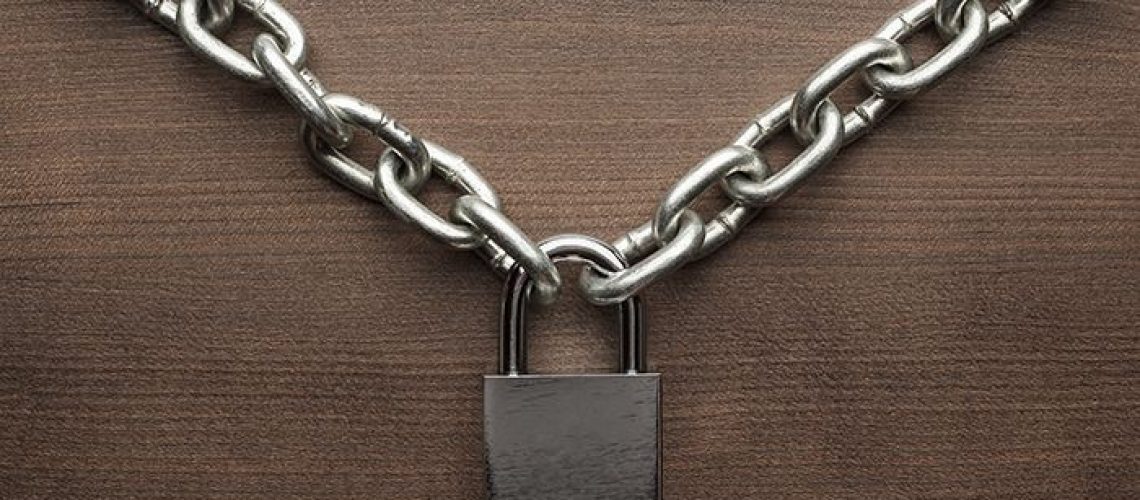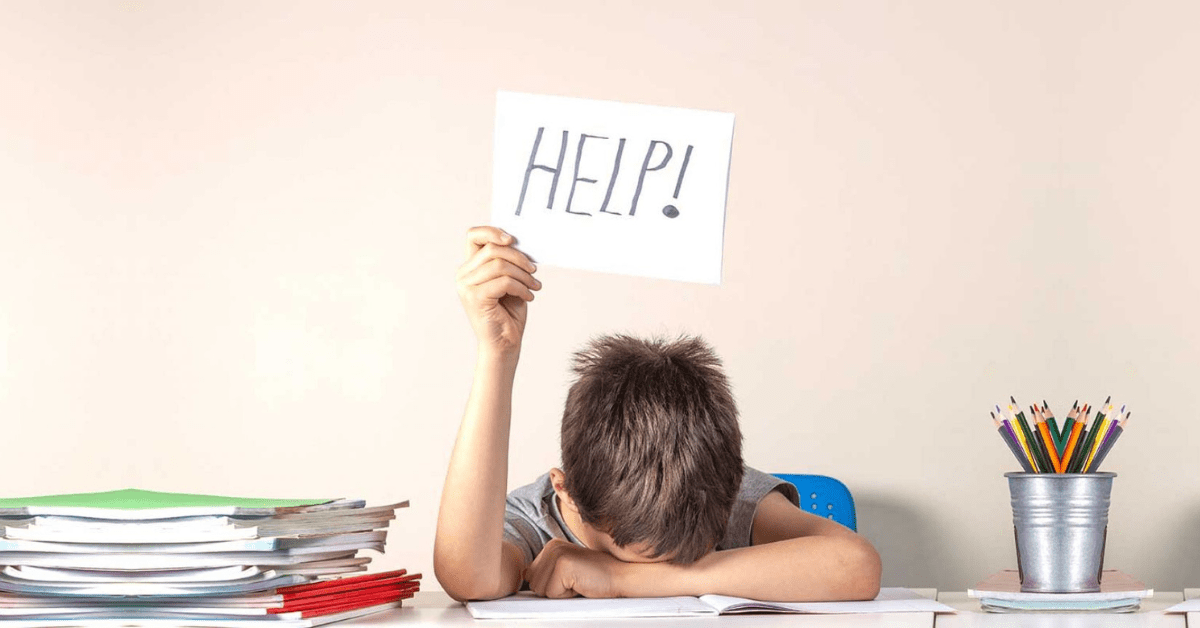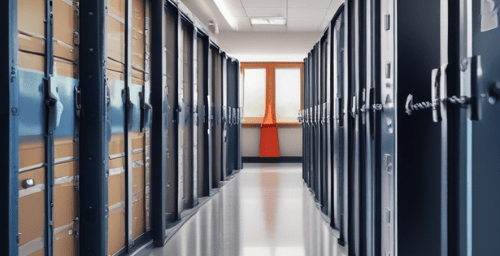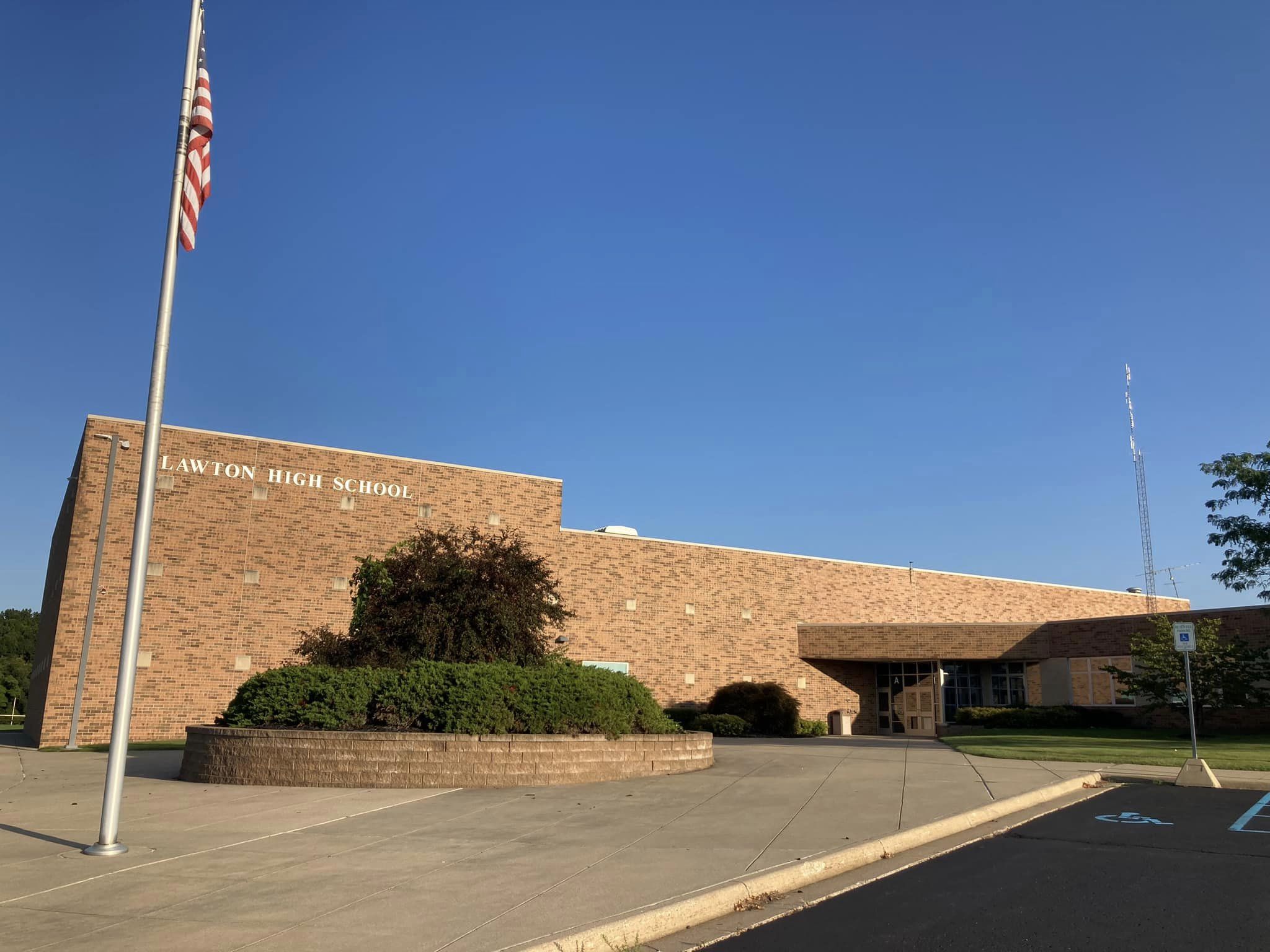What Is Secure Mode?

There are many different terms used to describe lockdowns and the types of lockdowns. As systems and processes evolve, so to do the ways in which we discuss them. One of the changing dynamics of lockdown terminology is in regards to the terms we use for the level of lockdown a building is in.
Many lockdown system providers refer to a lockdown in which someone has seen a potentially dangerous person, or a dangerous event has taken place, near their building as a “soft lockdown”. This was the terminology we used for that situation until recently as well.
However, we have recently changed our terminology to match what we believe more accurately depicts the situation, changing to “secure mode”. We believe this change provides several benefits over the term “soft lockdown”.
Avoids Confusion
A lockdown event is one of the most dangerous situations for any building or facility. It’s imperative during a lockdown to get to a safe room, lock it down using a door barricade device, and hide out of sight.
In contrast, what many people refer to as a soft lockdown, usually indicates that an event has occurred nearby, and in this case, it’s important for those inside the building to know the difference. We believe that by changing terminology to “secure mode”, those within the building will immediately understand that they are not necessarily in a life-threatening situation, but rather, they are being cautious and securing their building as a preventive measure to the potential danger within their vicinity.
This also reduces confusion between the terms “lockout” and “lockdown” within a communication system. In a secure mode situation, like a lockout, the perimeter of the building is secured, and anyone outside of the building is brought inside. The two terms are often confused, and by removing “lockout” from the equation, it simplifies communication for those coordinating secure mode.
The difference in the level of required action will hopefully avoid confusion, and also lead to the next benefit.
Reduces Fear
We discussed The Psychological Effects of Lockdowns On Students in a previous article, and we found through both the articles we read and the students we spoke to that one of the biggest causes of fear of worry during the “soft lockdowns” that students experienced was the fear of the unknown.
Students heard the term “lockdown” and immediately believed their lives were in danger. Bay changing to “secure mode” we believe that students won’t have to be exposed to the idea that they are in a lockdown situation as often, but rather, as discussed above, that something has happened nearby, and they are being moved inside as a precautionary measure.
If those individuals taking part in a secure mode situation understand that they are taking precautionary measures, and hear “secure mode” rather than “lockdown”, and they understand the difference through their training, they are less likely to experience as much stress during the event. We believe providing a separate term aids in that reduced stress.
By reducing fear of the situation, we can hopefully improve the psychological quality of life for students and anyone else potentially in a secure mode situation.
Simplifies Protocols
As mentioned above, some facilities use the term “lockout” to describe the securing of a building perimeter such as locking exterior doors and bringing everyone inside when an event has occurred nearby. By changing the from “soft lockdown”, which is also often used for this type of event, to “secure mode”, we can keep nomenclature standardized during system implementation, training, and protocol development.
We can also ensure that law enforcement understands the protocols and communication that needs to take place with the buildings. During a potentially stressful situation, a person such as a school or building administrator may interpret “soft lockdown” or “lockout” as a “lockdown” and signal for the building to be completely locked down. By separating out secure mode as a new situation, we can simplify these protocols, and can even add another potential layer of clarity to the communication between law enforcement, administration, and those people within the building that is being secured.
Stay Informed!
As companies like ours work to help make buildings of all kinds safer for those that work, learn, teach, play, and visit, it’s important to stay informed and up-to-date on changes as they occur. We strive to always assist with this understanding. If you have any questions or would like more information regarding lockdown systems or protocols, please feel free to contact us, we’re happy to answer questions or provide more information.


